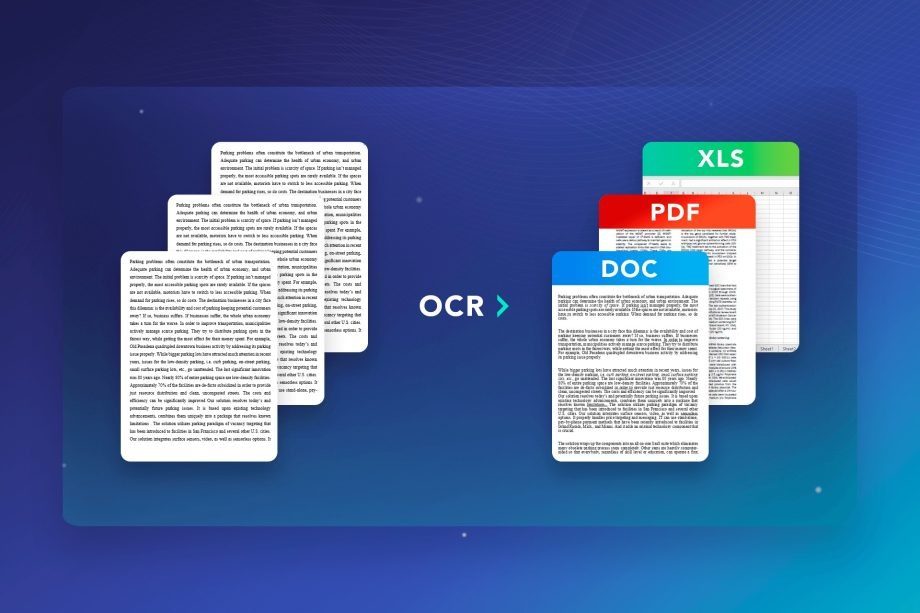In today’s digital age, the process of document digitization has become increasingly important for businesses and organizations looking to streamline their workflows and improve efficiency. Optical Character Recognition (OCR) technology plays a pivotal role in this process by enabling the conversion of printed or handwritten text into machine-readable digital format. This article explores the current trends and applications of OCR in document digitization, highlighting its significance and potential benefits for various industries.
The Evolution of OCR Technology
From Print to Digital
The evolution of OCR technology has revolutionized the way documents are digitized and processed. Early OCR systems were limited in their capabilities and accuracy, primarily designed for recognizing printed text in controlled environments. However, advancements in machine learning, computer vision, and natural language processing have significantly improved OCR accuracy and performance, allowing for the recognition of handwritten text, complex layouts, and diverse languages.
Integration with AI and Automation
Modern OCR solutions leverage artificial intelligence (AI) algorithms to enhance recognition accuracy and automate document processing tasks. Machine learning techniques, such as deep learning and neural networks, enable OCR systems to adapt and learn from large datasets, improving their ability to recognize text in varying conditions. Furthermore, integration with robotic process automation (RPA) platforms enables seamless integration of OCR into automated workflows, streamlining document processing and data extraction tasks.
Applications of OCR in Document Digitization
Document Scanning and Archiving
OCR technology facilitates the digitization of paper-based documents by converting scanned images into searchable and editable text. This enables organizations to create digital archives of historical records, contracts, invoices, and other business documents, reducing reliance on physical storage and improving accessibility.
Data Extraction and Analysis
OCR plays a crucial role in extracting structured data from unstructured documents, such as forms, surveys, and reports. By automatically extracting key information from documents, such as names, addresses, and transactional data, OCR enables organizations to streamline data entry processes and accelerate decision-making. Furthermore, integration with data analytics platforms allows for deeper insights and analysis of document content, driving business intelligence and strategic planning efforts.
Content Digitization and Accessibility
OCR technology promotes accessibility by converting printed or handwritten materials into digital formats that can be easily accessed and consumed by individuals with visual impairments. By providing text-to-speech capabilities and support for screen readers, OCR enables greater inclusivity and equal access to information for all users.
Emerging Trends and Future Outlook
Multilingual OCR
As businesses operate in increasingly globalized markets, the demand for multilingual OCR solutions is on the rise. Emerging trends in multilingual OCR focus on improving recognition accuracy across diverse languages and writing systems, enabling seamless digitization of documents in international contexts.
Mobile OCR Applications
The proliferation of mobile devices has fueled the development of OCR applications for smartphones and tablets. Mobile OCR apps empower users to capture and digitize text from physical documents on the go, transforming their devices into portable scanning and document processing tools.
Conclusion
In conclusion, Optical Character Recognition (OCR) technology plays a vital role in document digitization, offering a wide range of applications and benefits for businesses and organizations. From converting printed documents into searchable digital archives to extracting structured data for analysis and decision-making, OCR enables automation, efficiency, and accessibility in document processing workflows. As OCR technology continues to evolve and integrate with AI, automation, and mobile platforms, its role in driving digital transformation and innovation will only become more pronounced, shaping the future of document management and information accessibility.
